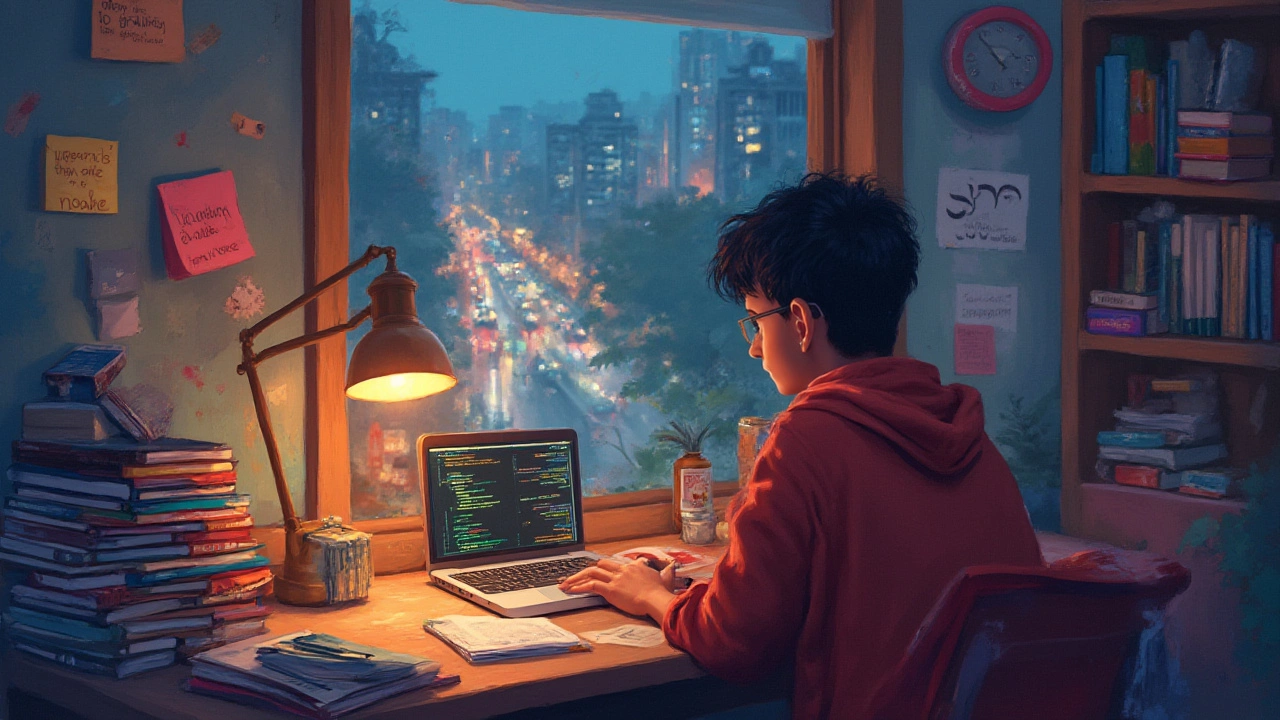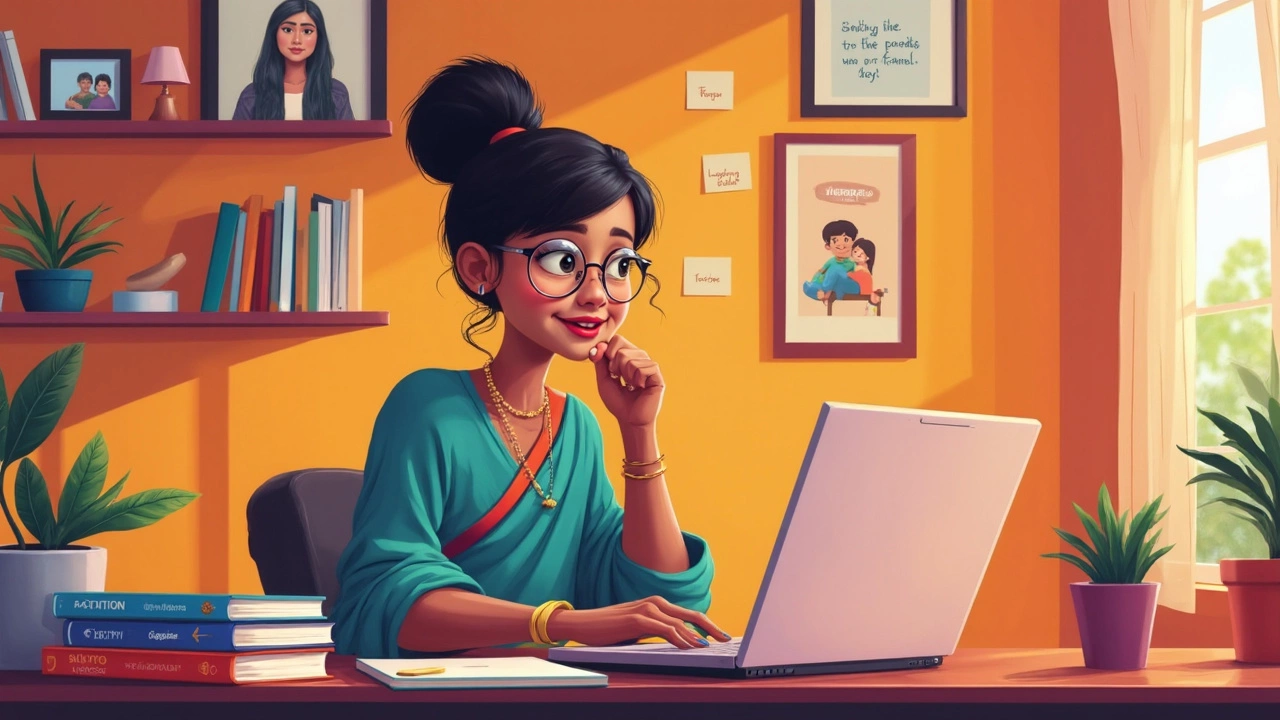Beginner Programming: Your Quick Start Guide
Feeling curious about how to write code but not sure where to begin? You’re not alone. Millions of people start with the same questions, and the good news is that today’s resources make the first steps easier than ever.
Why Start Coding Now?
Programming is a skill that pays off in many ways. It sharpens problem‑solving, opens doors to tech jobs, and lets you turn ideas into apps or websites. Even if you never aim for a developer career, learning to code helps you understand the digital world around you. Plus, with plenty of free courses and community support, you don’t need a pricey bootcamp to get going.
Practical Steps to Get Coding
1. Pick a language that matches your goal. For web basics, start with HTML, CSS, and a touch of JavaScript. If you like data or automation, Python is a friendly choice. You don’t need to learn every language—just the one that fits your first project.
2. Set up a simple development environment. Most languages run right in your browser or need a lightweight editor like VS Code. Install the editor, create a new file, and write a “Hello, World!” program. Seeing your code run is the first confidence boost.
3. Follow a short, hands‑on tutorial. Sites like Coursera, Udemy, and even YouTube offer free 1‑hour crash courses. Pick one that focuses on building a tiny project—maybe a personal webpage or a calculator. Building something tangible beats reading theory alone.
4. Practice daily, even for 15 minutes. Consistency beats marathon sessions. Use sites like LeetCode Easy or HackerRank to solve simple problems. Each solved challenge adds a new pattern to your toolbox.
5. Join a community. Reddit’s r/learnprogramming, Discord coding servers, or local meetups give you a place to ask questions and see how others solve issues. When you’re stuck, a quick post can save you hours of frustration.
6. Build a small project. After a week of tutorials, choose a project that excites you—maybe a to‑do list app or a script that renames files. Break it into tiny tasks and tackle them one by one. The sense of progress keeps motivation high.
7. Review and refactor. Once your project works, go back and clean up the code. Rename variables, add comments, and organize files. This step teaches you good habits early, making future code easier to read.
Remember, beginner programming isn’t about mastering everything at once. It’s about building a foundation you can expand over time. Celebrate small wins—each line of code you write is a step forward.
If you follow this simple roadmap, you’ll move from “what is code?” to “I can actually make something work” in just a few weeks. Keep curiosity alive, stay consistent, and enjoy the journey of turning ideas into reality.
- July
22
2025 - 5
How Fast Can You Learn Coding? Timeframes, Tips & Roadmap for Beginners
Wondering how fast you can learn coding? Uncover time estimates, real-world tips, common mistakes, and practical advice to speed up your journey into programming.
Read More- June
19
2025 - 5
Is 35 Too Old to Learn Coding? What Really Matters
Wondering if 35 is too old to jump into coding? This article breaks down the real challenges and perks of learning to code as an adult, backed by current examples. You’ll see why age isn’t the barrier it’s made out to be, and get practical tips on getting started. We’ll also tackle myths about tech careers being for the young and highlight resources designed for adult learners. The goal: make coding feel possible and approachable at any age.
Read More
